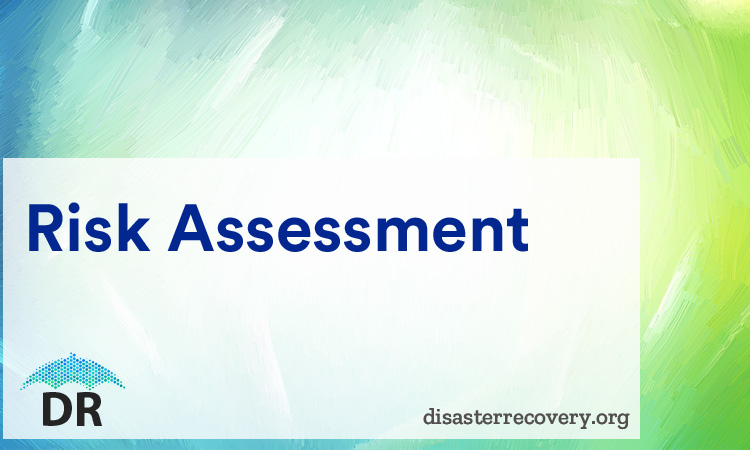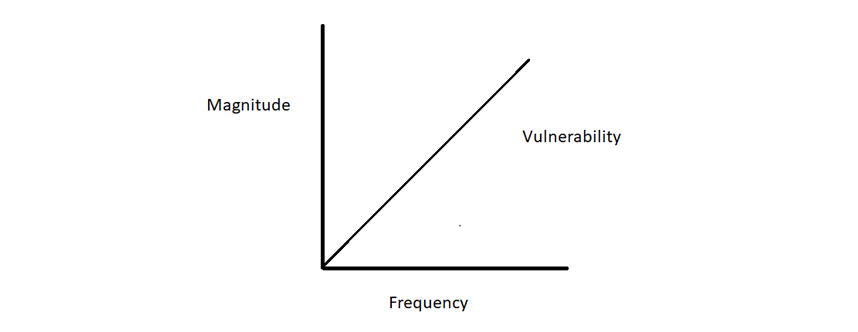Organizations come under the influence of a large number of internal and external factors that can negatively impact the outcome of their operations.
Risk Assessment

Risk management deals with managing these internal and external factors that impede businesses from carrying out their activities satisfactorily.
Any risk can be described as the combination of
- A threat that can hinder a business unit from carrying out its activity
- The probability with which the given threat can take place
- The business unit’s vulnerability in the event the threat were to occur
- The impact the occurrence of the threat would have on business
Risks are managed through identification, assessment and mitigation. In this article we will deal specifically with risk assessment.
Overview of Risk Assessment
Risk assessment can be broken down into four main categories:
- Vulnerability assessment
- Impact assessment
Threat Assessment
All the threats that can hamper business activity are thoroughly analyzed. Threats can be broadly categorized as follows:
- Natural/Environmental: fire, floods, storms, drought, earthquakes, tornados, hurricanes, typhoons, cyclones, tsunamis, volcanoes, flues and pandemics
- Human: fires, thefts, sabotage, vandalism, labor disputes, workplace violence, terrorism, war, cyber threats
- Infrastructure related: building, transportation, power outage, oil or water shortage
Threats can be assessed quantitatively or qualitatively.
Threats can be assessed quantitatively or qualitatively.
- Quantitative Analysis involves understanding a threat through measurable data, facts and figures. Threats are assessed in finite terms. Although beneficial, especially when preparing a cost/benefit analysis, gathering data through quantitative methods can be quite cumbersome, expensive and not always feasible.
- Qualitative Analysis involves understanding a threat in comparison to other threats that affect a business through relative terms such as low, medium and high, a rating on a scale of 1 to 10 and so on. Although not as specific and detailed as a quantitative method, qualitative methods are easy to apply, economical and give a clear picture of all the threats that can disrupt business activity.
Vulnerability Assessment
Vulnerability assessments use data gathered from the Threat Assessment phase. A business unit is considered vulnerable to a threat if the occurrence of the threat would prevent the business unit or operation from performing at its optimal level.
The vulnerability of an organization, business unit or operation is measure based on two specific factors:
The vulnerability of an organization, business unit or operation is measure based on two specific factors:
- Magnitude: The extent to which a business operation is affected by a threat. The magnitude of threats such as earthquakes or terrorist attacks is considered high. On the other hand, a very brief lack of connectivity that affects only non-critical operations would have a low magnitude.
- Frequency: The regularity with which a threat can occur. The frequency with which a threat can occur depends largely on the location and nature of a business.

An organization can have high magnitude-high frequency, high magnitude-low frequency, low magnitude-high frequency or low magnitude-low frequency threats. The combined magnitude-frequency value tells an organization how vulnerable it is to a given threat.
Impact Assessment
In the final stage of assessing a business risk, we analyze the different ways in which the occurrence of a specific threat can impact a business. The business impact analysis can include, but is not limited to, assessing factors such as:
- Monetary: The monetary impact on business can include anything from loss of revenue, higher raw material costs, inability to pay off debts and liabilities and skepticism amongst banks and financial institutions towards investing in an organization.
- Clients and Vendors: Organizations often lose important clients to their competitors due to their susceptibility to business threats. Also, a company may not receive raw materials or services from a vendor if the vendor is susceptible to a particular threat factor.
- Employees: The overall morale of a company’s human personnel is also greatly affected when struggling to cope with business disruptions. This in turn affects productivity and business efficiency.
- Brand Perception: The way an organization is perceived plays a big role in its overall performance. This particular intangible asset can be severely impacted if a company struggles to adapt during times of crisis and emergencies.
- Legal & Regulatory: Factors that threaten the proper functioning of a business activity can prevent an organization from complying with legal and regulatory norms.
- Environmental: A threat to business activity can also create environmental hazards that can lead to social/communal repercussions and other safety related issues.
- Operational: Business efficiency and precision can also be severely compromised in the event of a threat occurrence. This in turn can put a strain on customer relations and brand perception.
The importance of a comprehensive risk assessment strategy can’t be stressed enough. It is an important phase in the risk management process as it provides all the data inputs necessary to chalk out a comprehensive risk mitigation plan. Errors during this phase can lead to inaccurate and misinformed decisions while trying to mitigate risk that would in turn result in further losses.

